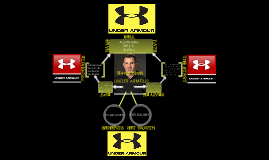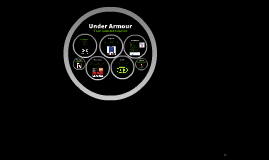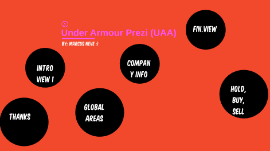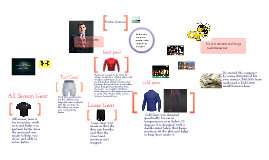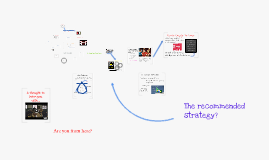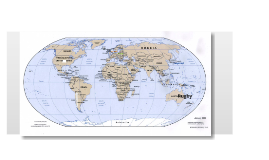Under Armour
Transcript: PEST Analysis one two three SWOT Analysis Strenghts Quality Brand Unique style Financial resources Acting pro-socially Weaknesess Lacks the experience and acknowledgement compared to established brands such as Nike and Adidas No experience in the Brazilian culture The Portuguese language could be a problem Opportunities Brazil has a young and great population Brazil has good economy and great purchasing power The interest for soccer is huge Brazil will host the 2014 World Cup and the 2016 Olympic Games Threats Highly competetive industry Brazilian consumers are not brand loyal Brazil’s larger cities are still some of the world’s most dangerous places Corruption Conclusions The opportunity exists Growing economy Access to other sports Meets Under Armour Strategy Qualifications Questions? Background Founded in 1966 by Kevin Plank Created out of Frustration Since Creation seen exceptional growth (25.7% over the past 5 years Currently limited global scope (mainly U.S. and Western Europe Very Competitive Industry Current Marekt Strategy: High Performance athletes and sponsorships. - Local Development and Growth Sponsor World Cup and Olympics Relevant Parties 2 New Stores Customers - 65,804,108 Males and 67,047725 Females (ages 15-64) -Retail market has grown 15.7% in 2009, clothing and shoe industry is increasing 16% -7th largest nominal GDP and 8th largest Purchasing Power Parity worldwide Competition -Adidas, Nike, Olympikus, Puma, Reebok, Topper and Penalty Suppliers -18% of Under Armours products are manufactured in South America already -Introduction of new suppliers in Brazil, synthetic fabrics and raw materials Ideas Matthew Adlard Daniel Hanley Briana Crowe Anna Johnsson Carlos Ramos Local Sponsorship - Largest economy in Latin America - Strong, stable, and well-developed agricultural, manufacturing, and service sectors - Political stability - 69th in the Worldwide Corruption Perception Ranking - In 2011, 36 Brazilian companies were included in the Forbes Global 2000 - GDP (official exchange rate): $2.09 trillion (2010 est.) - GDP - per capita (PPP): $10,800 (2010 est.) - Agriculture products: coffee, soybeans, wheat, rice, corn, sugarcane, cocoa, citrus; beef - ndustries: textiles, shoes, chemicals, cement, lumber, iron ore, tin, steel, aircraft, motor vehicles and parts, other machinery and equipment. - 2014 World Cup and 2016 Olympics - Soccer (futebol) is the most popular sport in Brazil






